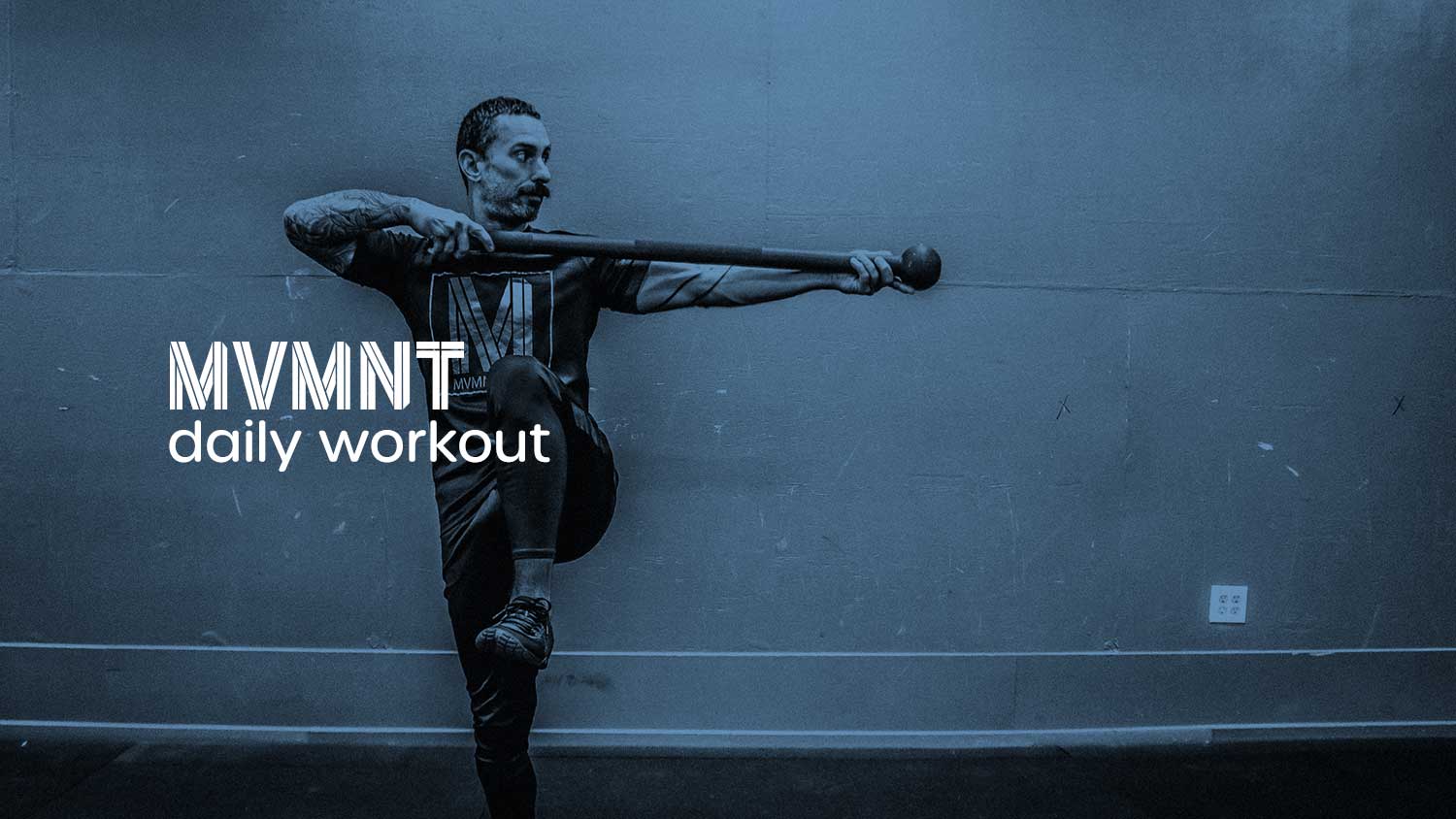Welcome to 2013. We are back to a full schedule today.
This week grab your workout log and take a look at how far you’ve come and where you need to go. Read page by page. There a few things that you should determine right away: 1) is the information that you write down each day complete? 2) are you writing down the right information? 3) do you have a quick reference list of strength numbers and conditioning times?
Training logs are a CrossFitter/powerlifter/weightlifter/endurance athlete’s best friend. When I decided to get serious about training and losing weight, I started a workout log. I carried it with me nearly everywhere I went. I would write down my workout ahead of time and take copious notes afterwards. I would bring my training log to work and doodle in it at meetings like I was a preteen daydreaming about my latest crush. It was a constant visual reminder of how strong I was getting which motivated me more each day. Perhaps vain, but I wanted people to notice my workout journal and ask me questions about what I was doing. The more I talked about training, the more people came to expect me to get stronger. I started priding myself in putting up bigger and bigger numbers. Moreover, I could see my weaknesses on paper. I forced myself to focus on those weaknesses as I planned my next training cycle. The training log kept me focused on what I wanted to achieve.
I have been journaling for several years now. I still go back and look through old notebooks astounded by some of the things I have accomplished. But, I also get frustrated with myself when I see major gaps in my training logs because I got lazy and stopped writing. I find spots where I forgot to write down important numbers and have to start playing a guessing game. My first goal of the New Year is to start taking better, more complete notes at the gym.
At the beginning of a training cycle start a new page. Make a list of previous PRs and a list of numbers you intend to hit at the end of the cycle. Write down the workouts in greater detail. The easy part is writing down loads, reps, sets, and times. The hard part is recognizing and acknowledging the weaknesses. Write down the corrective exercises that you need to do to gain the mobility, stability, and flexibility necessary to work overhead. Write down the external stress factors that may contribute to sub-optimal times. The more information collected the better. When it comes to training, detailed note taking is key to personal accountability.
Warmup
Dynamic Athletic Movement
PVC Shoulder Mobility
Hip Mobility Sequence
Mobility Flow Drills
Hollow Position
Bridge
Conditioning
20 Minutes AMRAP
30 second Handstand hold (facing the wall)
30 second Squat hold
30 second L-sit hold
30 second Chin over bar hold


